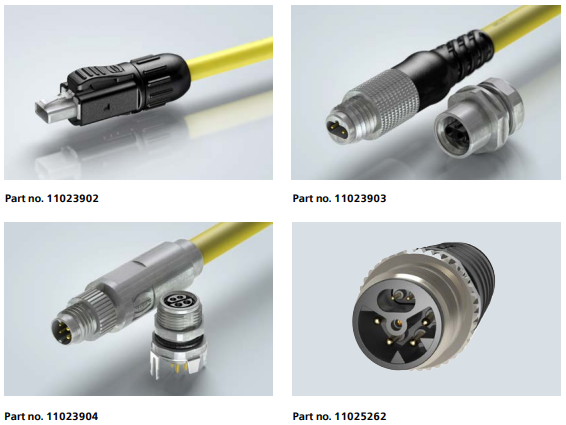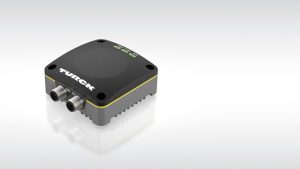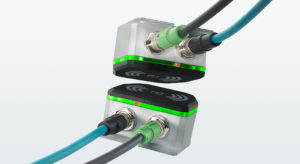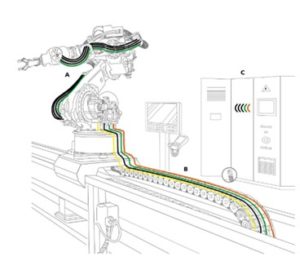Single Pair Ethernet (SPE) is seen as the technology of the future in industrial communications.
Compared to previous Ethernet variants such as PROFIBUS or PROFINET, SPE promises data transmission at gigabit speeds – using just one pair of wires. Even the power supply can be integrated into the cable. A smart and flexible, space and cost saving solution that enables real-time communication down to the field level.
What is Single Pair Ethernet?
Single Pair Ethernet (SPE) is a technology for transmitting data over wired networks. Data cables with Single Pair Ethernet technology differ from previous solutions in that they have only one pair of copper wires. Previous PROFINET cabling required two pairs of wires, and Gigabit Ethernet requires four. In addiction, SPE offers the possibility of simultaneous power supply via the same pair of wires. This is known as Power over Data Line (PoDL). As a result, the cables are slimmer and lighter, offering numerous advantages and new application possibilities.
Applications for Single Pair Ethernet
SPE technology originated in the automotive industry, where space and weight savings are key issues. However, other industries are now looking to take advantage of Single Pair Ethernet, particularly where high data rates are required. For the first time, Single Pair Ethernet enables end-to-end automation down to the field level, i.e. the integration of sensors, actuators and other devices. Traditionally, these are connected to the higher control level via fieldbus systems, which are not part of the Ethernet network. Single Pair Ethernet closes this gap and, thanks to real-time communication down to the field level, isconsidered a key technology for the Industrial Internet of Things (IIoT).
The benefits of Single Pair Ethernet at a glance:
• Slim, light and flexible cables
• Easy installation and assembly
• Low purchase price
• Saves resources
• Data rates up to 1 Gbit (AWG 22, AWG 26)
• Range up to 1,000 m (AWG 18)
• Real-time communication down to field level
• Small bending radii for moving applications
Lees hier meer…




